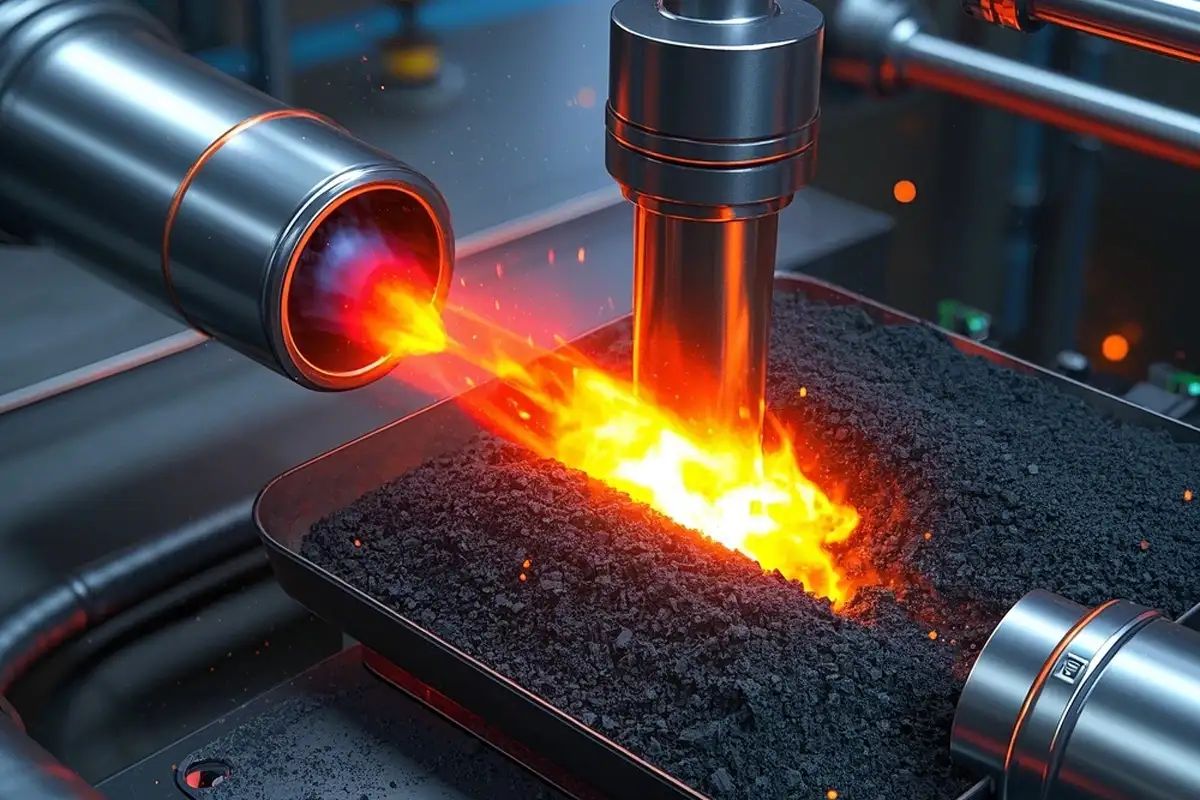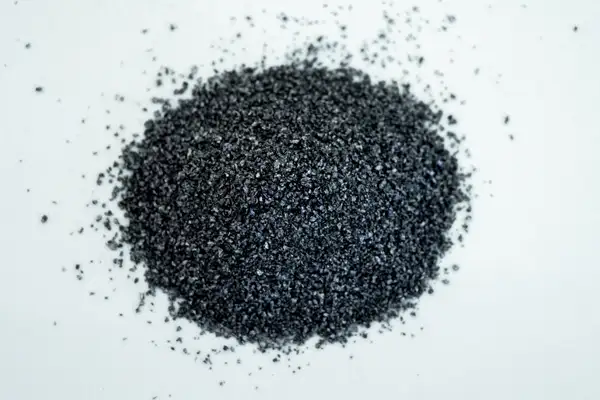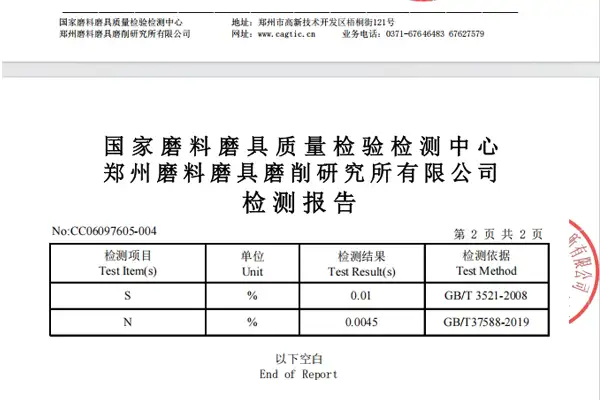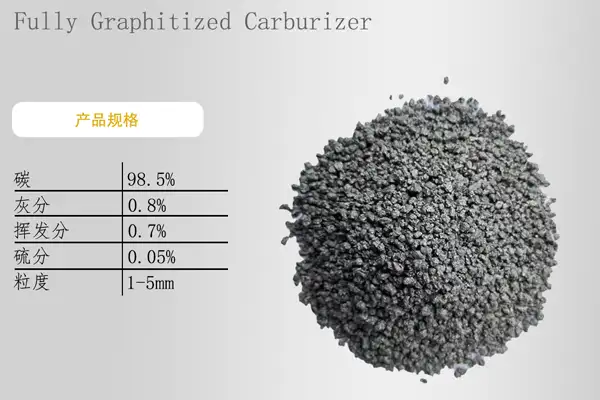Zhengzhou ChangHeYue New Material CO.,LTd
Carbon additives, also known as carbonaceous materials, play a pivotal role in optimizing metallurgical processes, particularly in the steel and casting industries. Their primary function is to supplement carbon content in metal alloys, ensuring consistent quality and performance. But how exactly do they work?
1. The Core Principle: Compensating for Carbon Loss
During the smelting and casting processes, metals like iron and steel undergo prolonged heating, which leads to the oxidation and loss of carbon. This results in lower-than-expected carbon levels in the final product. Carbon additives are introduced to replenish this lost carbon, adjusting the chemical composition to meet specific requirements . For instance, in steelmaking, precise carbon control is crucial for achieving desired mechanical properties such as hardness and tensile strength.
2. Mechanisms of Action
Carbon additives dissolve into molten metal through two primary methods:
- Direct Dissolution: High-purity graphite or graphite-enhanced additives can dissolve directly in molten iron or steel at high temperatures (above 1,300°C) .
- Diffusion: Other forms (e.g., petroleum coke) require longer exposure and stirring to allow carbon to diffuse through the metal matrix .
Moreover, carbon additives may react with oxygen, silicon, or manganese in the melt to form carbides or release CO₂, further enhancing carbon retention .
3. Application in Metallurgy
- Foundries: Adjust carbon levels in cast iron to improve hardness and wear resistance, reducing defects and material waste .
- Steel Production: Fine-tune carbon content for specific grades (e.g., tool steel, stainless steel) to optimize strength and corrosion resistance .
- Cost Efficiency: By reducing reliance on high-carbon raw materials (e.g., pig iron), manufacturers can lower costs while maintaining quality .
4. Key Considerations for Selection
- Carbon Content: High-purity additives (e.g., graphite, petroleum coke) are preferred for critical applications .
- Impurity Levels: Low sulfur and ash content minimize contamination and improve performance .
- Particle Size: Finer particles (e.g., 100-300 mesh) dissolve faster, enhancing efficiency .
Conclusion
Understanding the principles of carbon additives is essential for optimizing metallurgical processes. By addressing carbon loss and tailoring material properties, these additives drive efficiency, cost savings, and product excellence. For tailored solutions, consult with industry experts to select the right additive for your needs .






